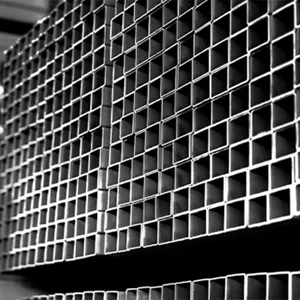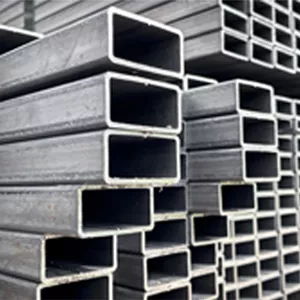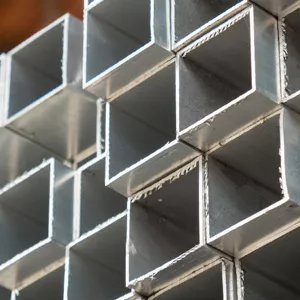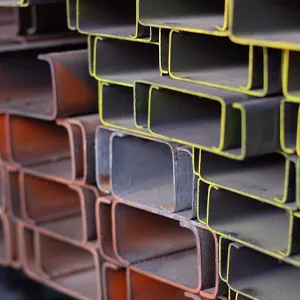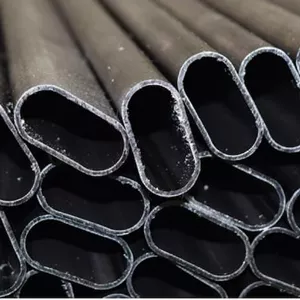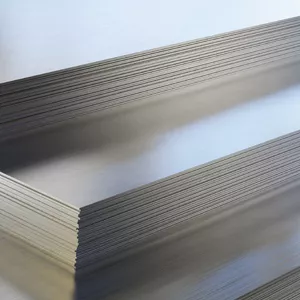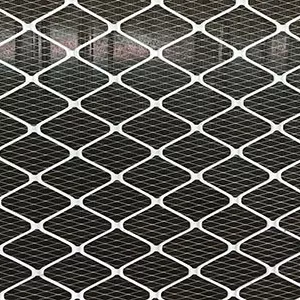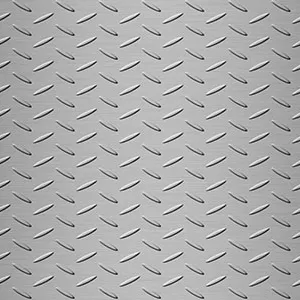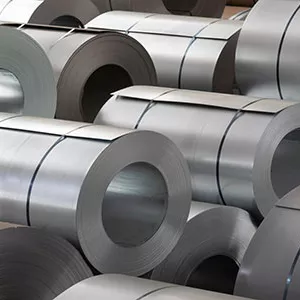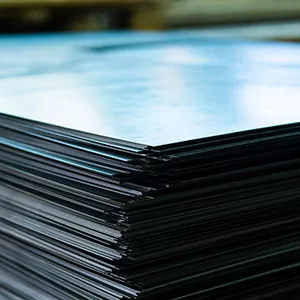
Angle prices vary based on numerous factors affecting the cost of these building elements frequently used in the construction and industrial sectors. Being informed about current angle prices is crucial for individuals and companies planning accurate budgets. In this article, you can find general information on how angle prices are calculated, which factors cause them to vary, and the latest price details.
Current Angle Prices
Current angle prices are continuously updated based on market metal prices and the conditions of raw material supply. Fluctuations in steel and iron prices are among the most significant factors directly affecting angle prices. Additionally, exchange rates and increases in production costs also play a decisive role in angle prices.
For example, an increase in demand for steel raw materials can lead to a rise in prices. This situation frequently occurs when the use of angles increases in large construction projects. Similarly, an increase in energy costs or transportation fees also affects prices. Users wishing to track current prices can refer to the price lists provided by reputable companies like Deha Metal.
How Are Angle Prices Calculated?
A specific formula can be used to calculate angle prices. This calculation is generally based on the weight and unit price of the angle used. Below is an example of a calculation method:
Angle Price Calculation Formula:
- Total Price = Angle Weight (kg) × Unit Price (TL/kg)
For example, if an angle weighing 50 kg has a unit price of 20 TL/kg, the calculation is as follows:
- 50 kg × 20 TL = 1,000 TL
This calculation only gives the net price of the angle. If there are additional costs such as transportation or special labor, these should be added to the total price. To determine the weight of the angle, a special calculation table based on the product's dimensions and thickness can be used.
What Factors Influence Angle Prices?
Angle prices vary due to a combination of many factors. These factors primarily include the price of raw materials, production costs, and market conditions. Below are the main factors affecting angle prices:
- Raw Material Costs:
Fluctuations in the costs of raw materials such as steel and iron are a primary reason for the variability in angle prices. Especially, price increases in global markets are directly reflected in angle prices. - Exchange Rates:
Since the raw materials used in angle production are generally imported, changes in exchange rates affect prices. An increase in the currency can raise production costs, leading to higher angle prices. - Energy and Labor Costs:
The energy and labor costs expended during the production process impact the total cost. Especially, an increase in energy prices can lead to significant cost increases in angle production. - Production Techniques and Quality:
The technology and production standards used in the production of angles play an important role in determining prices. Angles produced in compliance with high-quality standards are typically sold at higher prices. - Transportation and Logistics:
The delivery process of angles includes transportation costs. Especially for deliveries over long distances, transportation fees are added to the prices. - Demand and Supply:
When demand for angles in the market increases, prices can rise accordingly. Particularly during construction seasons, as the demand for angles increases, so do prices.
Angle prices differ based on many variables. It is crucial to be aware of these factors to properly track current angle prices and make accurate budgeting. Companies like Deha Metal, known for their reliability in the industry, can offer solutions for both up-to-date price information and the supply of quality products.
Formulas that facilitate price calculations will assist in your budget planning. By understanding the factors affecting angle prices, you can choose the best products at the most favorable prices.

 TR
TR

